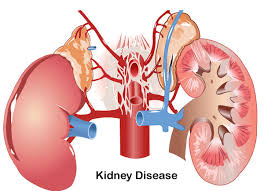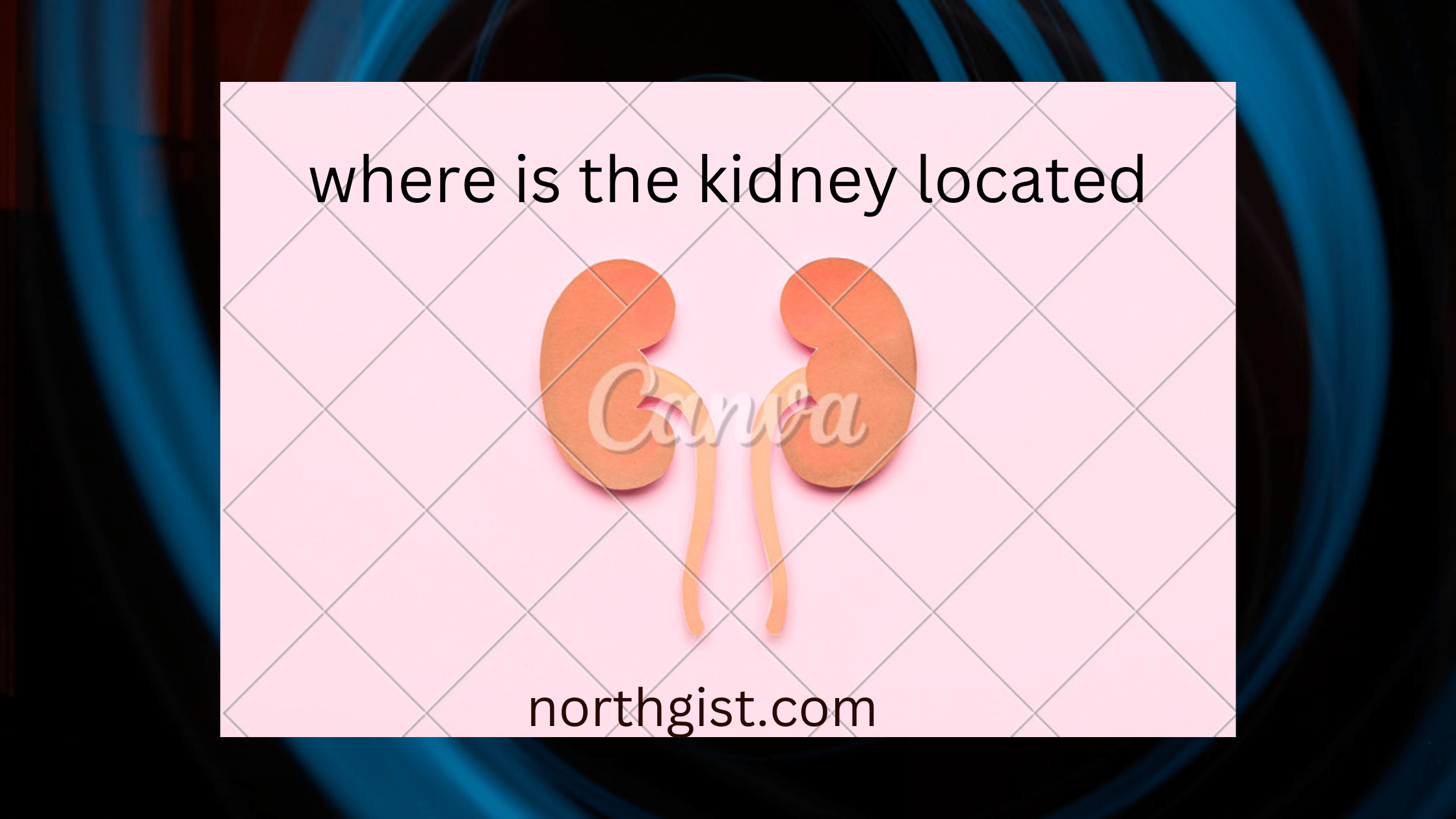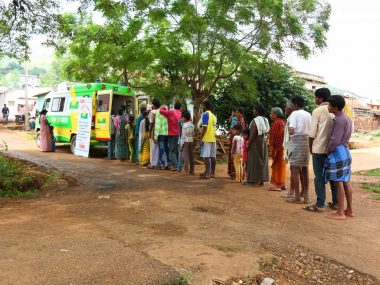11 symptoms and signs of kidney failure, We all know that every human body is made up of two kidneys. They are principally responsible for keeping the blood of nitrogenous waste products, such as acidic urea, creatinine and urea. (all being the result of metabolism within your body) and also produce urine.
Millions of people live with different types of kidney diseases, and the majority do not know what it is. This is why kidney disease is often referred to as a “Silent Killer,” since most people do not experience any change until the condition has advanced. While many people have their blood sugar, blood pressure, and cholesterol levels regularly checked. Still, they do not get a basic creatinine test in their blood to identify any kidney issues. According to the Global Burden Disease (GBD) study conducted in 2015, chronic kidney disorder (CKD) is the 8th leading cause of death in India.
11 symptoms and signs of kidney failure you should know
There are many indicators of kidney disorders, but they are often not recognized or confused with other causes (because they are not specific). Thus, it is essential to be vigilant and have the confirmation tests (including urine, blood and imaging) taken at the earliest signs of kidney disease. The patient should see a Nephrologist and get their concerns addressed.
If you suffer from high blood pressure, diabetes, metabolic syndrome, obesity, as it is known in the present, as well as Coronary Artery Disease and an ancestor with the same condition or an ancestor’s history of kidney failure, or even if you’re over 60 years old it is recommended to have kidney tests performed frequently.
While the only sure method of diagnosing kidney disease is to have confirmation tests, Here are some early indicators that indicate kidney problems:
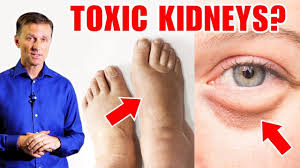
A few earliest symptoms are swelling around the feet, ankles or leg joints:
The patient will feel edema on these locations that pit when applying pressure and is referred to as pitting edema. As kidney function begins to decrease, you will notice the retention of sodium, which causes swelling of the shin and ankles. So, anyone experiencing new-onset pedal edema should be evaluated immediately for renal function following a visit to the nephrologist physician.
Periorbital Edema
It is a sign of the appearance of puffiness or swelling around the eyes due to the accumulation of fluid within the tissues or cells. It is among the first signs of kidney disease. It is particularly prevalent for those with an influx of a substantial amount of protein through the kidney. The loss of protein in the body lowers the intravascular oncotic pressure, which results in the accumulation of extravascular fluid in different locations, like around the eyes.
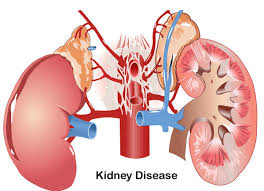
The weakness:
Early fatigability is generally a sign of kidney disease. As the kidney dysfunction worsens, this symptom gets more apparent. You may feel more tired than usual and cannot do more vigorous activities, thereby needing to rest more frequently. It is due primarily to the build-up of toxins and impurities within the bloodstream, resulting from impaired kidney function. Since it is not a specific symptom, it is usually dismissed by most people and is not investigated thoroughly.
Reduced appetite
Due to an increase in toxins, such as creatinine, urea and urea and acids, a person’s appetite is slowed down. Additionally, as kidney disease worsens, it causes an alteration in taste, usually called metallic sufferers. If you experience the sensation of being hungry early, despite not having food throughout the day, It should sound alarm alarms in one’s head, and it is recommended that one get the kidney function checked.
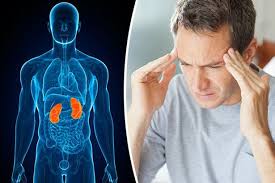
nausea and vomiting
Another of the first signs of deteriorating renal function is nausea in the early morning, which is typically explained as hitting the individual as they walk to the bathroom early in the morning to brush their teeth. This can also cause a low appetite in the patient. When the patient is in end-stage renal impairment, patients tend to experience multiple episodes of vomiting and a loss of appetite entirely.
Simple Tips For Successful Weight Loss 2022
low blood,
the hemoglobin level, begins to decline, and you may appear pale, with no visible sign of blood loss within the body. It is among the more frequent problems associated with kidney diseases. It can also lead to fatigue and weakness. The reason for anemia is multifactorial and includes lower Erythropoietin levels (The kidney produces erythropoietin) and low levels of iron and toxin accumulation that cause bone marrow loss, to name several.
urinating frequently
be very vigilant about urine output. For instance, your urine output could decrease, or you might feel the urge to urinate more frequently, particularly in the evening (termed nocturia). This could be a warning signal and indicate that your kidney’s filtering units are damaged or in the process of becoming damaged. It could also signify urinary tract infection or an overly large prostate in males. So, any shift (increase or decrease) in urine output must be immediately reported to your physician.
How Much Is An Ultrasound yearly salary
carbonated or urine with blood:
Excessive frothiness in the urine suggests the presence of proteins in urine (which, in normal circumstances, would be minimal). If the kidney’s filtering mechanism is damaged or is damaged, proteins are released, and blood cells begin to leak into the urine. As well as signalling kidney diseases, blood in the urine may signal kidney stones, tumours or any disease. The presence of pus in the urine and chills or fever can be severe and signify significant kidney infection. Therefore, changes in the colour or consistency of urine must be reported whenever possible to a kidney specialist.
scratching and dry skin
Itchy and dry skin is a sign of advanced kidney disease. When kidney function declines, toxins build up in the body, leading to dry, itchy, and foul-smelling skin
Backache or lower abdominal discomfort
Pain in the back, side, or beneath the ribs could be a sign of kidney diseases such as kidney calculus and pyelonephritis. In the same way, lower abdomen pain may be a sign of bladder infections or stones in the urinary tract (the tube that connects the bladder and kidney). The symptoms of these conditions should not be overlooked and should be further investigated with a routine imaging examination such as X-ray KUB or Ultrasound Abdomen.
BEST ASPECT OF JOBS WITH ANIMALS
- Hypertension: A presenting indication of kidney disease could be elevated blood pressure. Any person diagnosed with hypertension should undergo an extensive examination of kidney functions and kidney scans to determine the renal cause of hypertension. As kidney function decreases, water and sodium retention can cause high blood pressure. Hypertension symptoms include abdominal pain, headaches or visual blackouts and could be the initial signs associated with kidney problems.
The recognition and awareness of warning signs and prompt intervention can make the distinction between early diagnosis and proper treatment of kidney disease or failure, which can end in dialysis or kidney transplants, and even the death of a patient.
